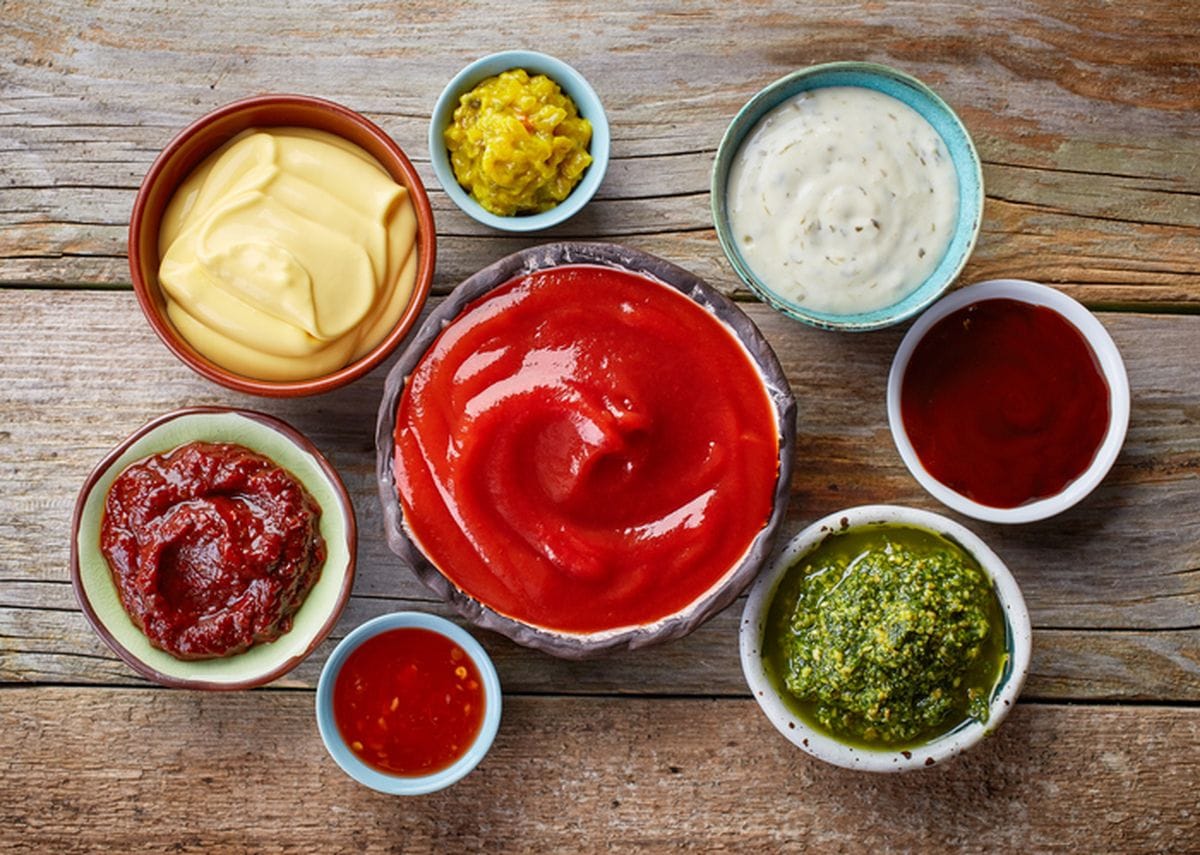
Where Do We Eat Today? Part 2
In the first part of this article, we figured out that eating out has become an integral part of daily life for many Indonesians [1].

In the first part of this article, we figured out that eating out has become an integral part of daily life for many Indonesians [1].

Numerous illnesses, such as influenza, dengue fever, diarrhea, and many more, are emerging and making people ill throughout the rainy seasons, like at this moment. Whereas,

In recent years, the financial landscape in Indonesia has experienced a significant transformation. For instance, the rising of digital financial services, including PayLater options and

In an era where food delivery services are booming, our latest survey reveals that many Indonesians still enjoy dining out, particularly those from the SES

Traditional markets have long been the heart of local commerce, offering fresh produce, affordable goods, and a sense of community. However, the dynamics of these

In Indonesia, condiments hold a special place in enhancing meals. In the first part of this article, we revealed that almost all people in Indonesia love
Stay up to date with our latest findings

In today’s fast-paced lifestyle, many Indonesians find themselves deeply attached to certain products that bring them comfort, entertainment, or simply a sense of satisfaction. What’s

In the first part of this post, we discovered that only 10% of Indonesians rely solely on shampoo without using other hair care products [1].

In a world where customer expectations, technology, and competition evolve rapidly, businesses cannot afford to stay stagnant. A strong brand today might feel outdated tomorrow

Indonesia, a nation known for its vibrant democracy, is currently experiencing a period of heightened social and political unrest. Recent large-scale protests, sparked by public

These days, the variety of hair care products has expanded significantly. Our recent survey in August 2025 discovers that more Indonesians are now paying attention

Financial anxiety is one of the strongest forces shaping consumer behavior in 2025. Rising living costs, global economic uncertainty, and household debt are pushing people